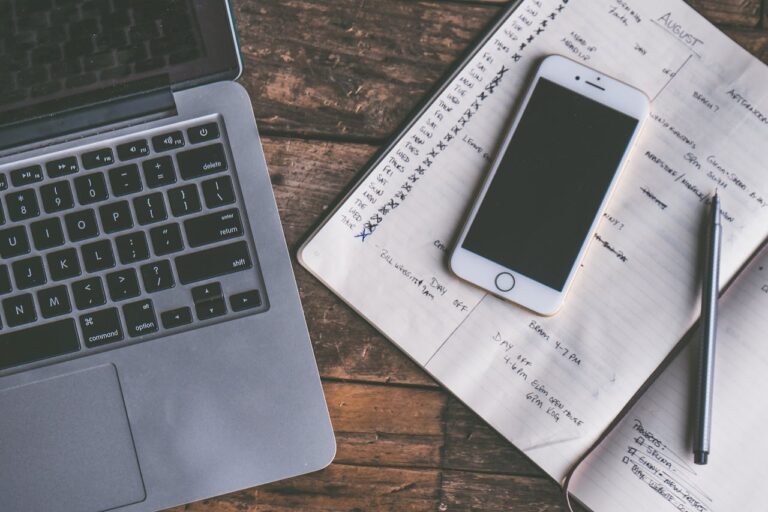
Secure Your Future with Smart Savings Building an Emergency Fund Using Banking Tools
Financial stability is a goal we all strive to achieve, and having an emergency fund is a crucial part of this stability. Life is unpredictable, and unexpected expenses—whether medical bills, car repairs, or sudden job loss—can throw your financial plans off course. An emergency fund serves as a safety net, ensuring you’re prepared for these unforeseen events. But how do you build such a fund effectively? This blog provides insights into using banking tools to save for those rainy days, tailored specifically for savers and financial planners.
Common Banking Tools for Saving
Banking tools are designed to help you manage and grow your money efficiently. Knowing which tools are available and how to use them can make a significant difference in your saving efforts. From traditional savings accounts to more sophisticated options like high-yield savings accounts and certificates of deposit (CDs), there are multiple avenues to explore. Additionally, modern tools such as automatic transfers and budgeting apps can simplify the process and boost your saving habits.
High-Yield Savings Accounts
One of the most effective ways to grow your emergency fund is by opening a high-yield savings account. These accounts offer significantly higher interest rates compared to standard savings accounts, helping your money grow faster.
High-yield savings accounts are typically offered by online banks, which have lower overhead costs and can pass those savings onto customers in the form of higher interest rates. For instance, if a regular savings account offers an interest rate of 0.01%, a high-yield savings account might offer 1.00% or more. This can make a substantial difference over time, especially with compound interest working in your favor.
When selecting a high-yield savings account, consider factors such as the minimum balance requirement, fees, and ease of access. While these accounts are excellent for growing your emergency fund, ensure they provide the flexibility you need in case you need to access your funds quickly.
Certificates of Deposit (CDs) for Long-term Saving
Certificates of Deposit (CDs) are another valuable tool for building an emergency fund, particularly for long-term saving. CDs offer fixed interest rates higher than typical savings accounts in exchange for keeping your money deposited for a specified term, ranging from a few months to several years.
One of the main advantages of CDs is their predictability. You know exactly how much interest you’ll earn over the term, making it easier to plan your savings goals. However, it’s essential to understand that withdrawing funds before the CD matures usually incurs penalties. Therefore, only allocate funds to CDs that you won’t need to access immediately.
Laddering CDs, a strategy where you open multiple CDs with different maturity dates, can offer both higher returns and some liquidity. This way, you have periodic access to portions of your funds while still benefiting from the higher interest rates of longer-term CDs.
Utilizing Automatic Transfers and Budgeting Tools
Consistency is key when building an emergency fund, and automatic transfers can help ensure you save regularly without having to think about it. Most banks and credit unions allow you to set up automatic transfers from your checking account to your savings account.
By automating your savings, you treat saving as a fixed expense, making it easier to stick to your financial plan. For example, you can set up a monthly transfer of $200 to your high-yield savings account. Over time, these consistent contributions add up significantly, moving you closer to your emergency fund goal.
Budgeting tools and apps like Mint, YNAB (You Need A Budget), and Personal Capital can also play a crucial role. These tools help track your spending, identify areas where you can cut back, and allocate more money towards your emergency fund. They also provide insights into your financial health, making it easier to stay disciplined and motivated.
Maximizing Savings and Growing Your Emergency Fund
While the right banking tools can significantly aid your savings efforts, adopting certain strategies and habits can further maximize your savings. Here are some tips to help you grow your emergency fund more effectively:
- Set Clear Goals: Determine the total amount you need in your emergency fund. Financial experts typically recommend saving three to six months’ worth of living expenses.
- Cut Unnecessary Expenses: Review your monthly expenses and identify areas where you can cut back. Redirect these savings into your emergency fund.
- Increase Income: Consider side gigs or freelance opportunities to boost your income. Direct a portion of this extra income towards your emergency fund.
- Review Your Budget Regularly: Regularly assess your budget and savings progress. Make adjustments as needed to stay on track with your goals.
By implementing these strategies, you make steady progress toward building a robust emergency fund, providing peace of mind and financial security.
Conclusion
Building an emergency fund is not just a financial goal, but a crucial step towards achieving long-term stability and peace of mind. By leveraging banking tools like high-yield savings accounts, CDs, automatic transfers, and budgeting apps, you can create a robust safety net for unexpected expenses.
Remember, the key to success lies in consistency and smart financial planning. Start today by setting clear goals, cutting unnecessary expenses, and exploring additional income sources. And if you need personalized guidance, don’t hesitate to reach out to financial advisors who can help tailor these strategies to your unique situation.
Ready to take control of your financial future? Sign up for our free banking tools and start building your emergency fund today!